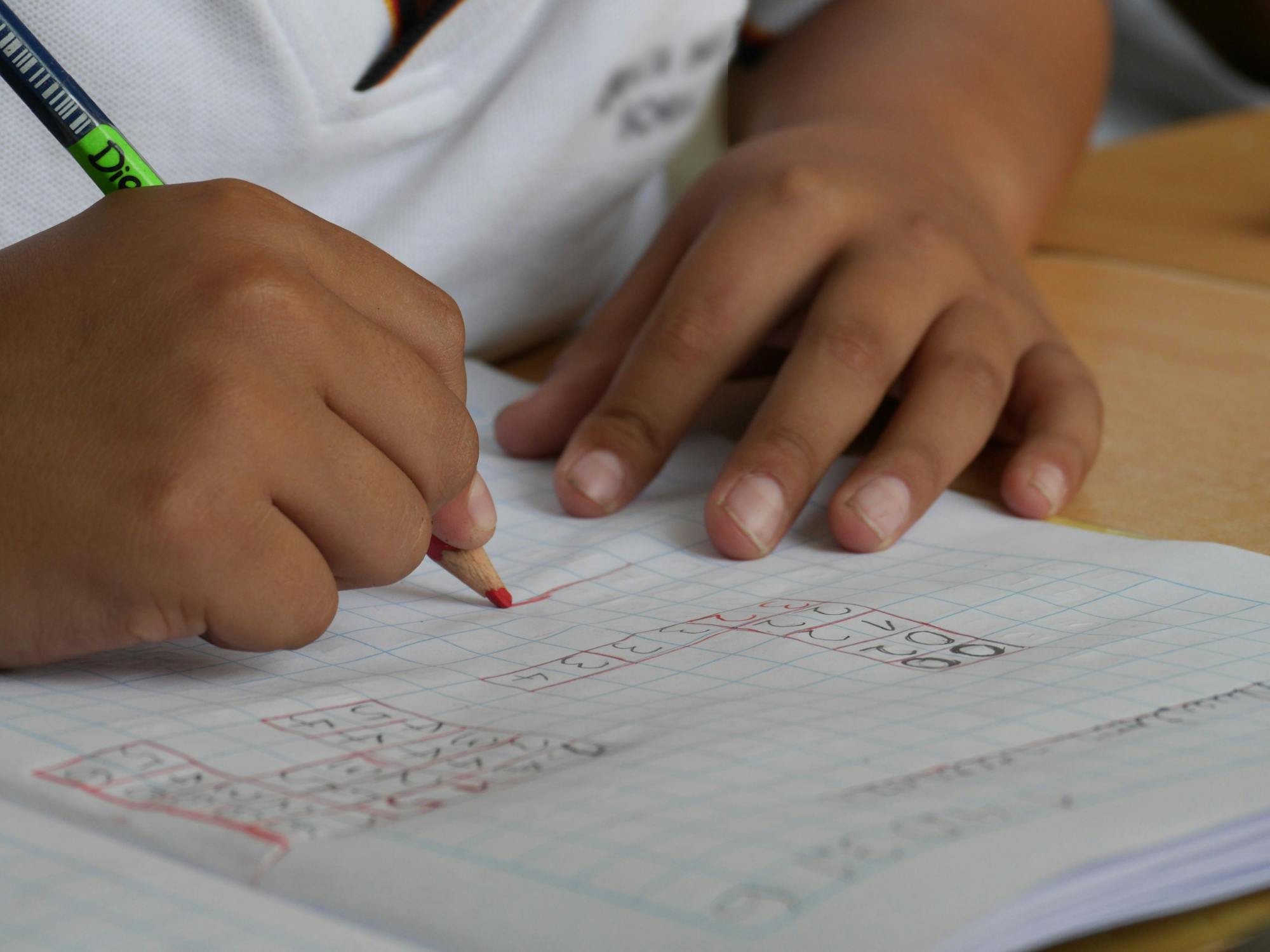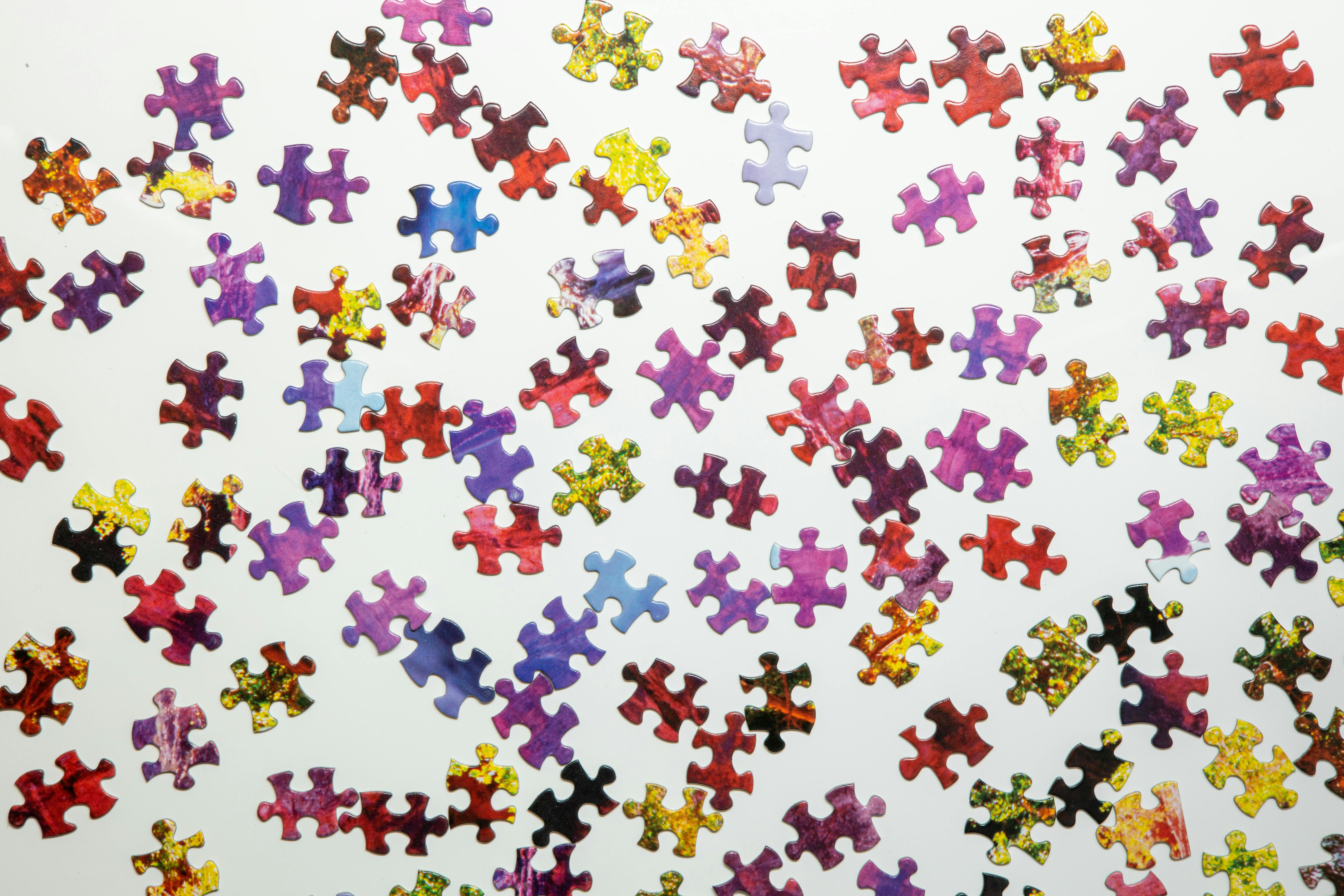World Soil Day: Why our future lies beneath our feet
On December 5 each year, the world celebrates a resource so foundational to our survival that its absence would render life as we know it impossible. World Soil Day (WSD) reminds us of the quiet, often overlooked hero beneath our feet—soil. This year’s theme, “Caring for Soils: Measure, Monitor, Manage,” invites us to rethink our relationship with this indispensable resource.
But why soil? Why does an entire day focus on something we casually walk over without a second thought? The answer is as profound as it is simple; soil sustains life. Over 95% of the food we eat comes from the soil. It provides plants with 15 of the 18 essential nutrients they need to grow.
Beyond agriculture, soil plays a critical role in water filtration, carbon sequestration, and biodiversity preservation. It’s no exaggeration to say that soil is the silent architect of ecosystems. Yet, we treat it with blatant disregard. Urban sprawl, deforestation, over-farming, and industrial pollution are eroding soil faster than it can regenerate. It can take up to 1,000 years to produce just 2-3 centimeters of soil, but we lose it at an alarming rate due to unsustainable practices. This isn’t just an environmental concern—it’s a crisis for food security, climate change, and human survival. Degraded soil is less fertile, less biodiverse, and less able to retain water. This means reduced crop yields, poorer nutritional quality in our food, and an increased vulnerability to climate shocks like droughts and floods. In simple terms, when we harm the soil, we harm ourselves.
The statistics are sobering. According to experts, agricultural production must increase by 60% to meet the global food demand by 2050. Yet, this goal becomes unattainable if our soil continues to degrade. Worse still, erosion reduces the soil’s ability to trap carbon, intensifying the climate crisis. While the challenges are daunting, solutions exist. Sustainable soil management practices—like minimum tillage, crop rotation, organic matter addition, and cover cropping—can restore soil health. These practices not only reduce erosion but also improve water storage, boost biodiversity, and contribute to carbon sequestration.
For example, the FAO’s Global Soil Doctors Programme empowers farmers with the knowledge and tools to manage their soil sustainably. Such grassroots initiatives highlight the importance of local action in addressing global challenges.
Technology, too, plays a role. The use of drones, as highlighted by the FAO, offers innovative ways to monitor soil health and manage resources efficiently. Combining ancient wisdom with modern technology could be the key to sustainable soil management.
World Soil Day is more than an observance—it’s a call to action. The theme “Measure, Monitor, Manage” emphasises the need for accurate soil data to make informed decisions. It challenges governments, communities, and individuals to prioritize soil health in policy and practice.
Let us not forget that soil is not infinite. It is a fragile, finite resource that demands our respect and care. By protecting the soil, we protect our future.
Let’s ensure that this vital resource receives the attention it deserves—not just on World Soil Day, but every day. Because beneath our feet lies the foundation of life itself.
Gloria Yakubu wrote from Department of Mass Communication, University of Maiduguri
Disclaimer: The information contained in this content is for general purpose only and is generated from different sources other than MenBills Colony. Kindly report any fake news or false statement to support@menbills.com.ng









tbabe28
on Mercy Aigbe loses home to fire outbreak
05-12-2024 02:44:40pm
Paramount72
on Husbands of female ministers suffer loneliness – Mike Bamiloye
29-11-2024 06:04:28pm
Samuel4
on ‘My wife was pregnant for another man inside marriage’
27-09-2024 04:43:01am
Ishiro
on ‘My wife was pregnant for another man inside marriage’
23-06-2024 11:38:24am
Ishiro
on ‘My wife was pregnant for another man inside marriage’
23-06-2024 11:38:14am
Oladunni
on ‘My wife was pregnant for another man inside marriage’
22-06-2024 04:19:58pm
Candy100
on Man who made allegations against E-Money and late Junior Pope’s wife publicly apologizes
22-06-2024 08:02:49am
Candy100
on BREAKING: Kano Govt Makes Fresh Announcement Over Emir Sanusi Amid Tussle In Kano
21-06-2024 08:15:39pm
Candy100
on 2027: Obi gives condition for merger with PDP
21-06-2024 08:10:14pm
Candy100
on Hajj: Last set of FCT pilgrims to report at camp today
21-06-2024 08:09:27pm
Shakeerah
on BREAKING: Kano Govt Makes Fresh Announcement Over Emir Sanusi Amid Tussle In Kano
21-06-2024 08:40:05am